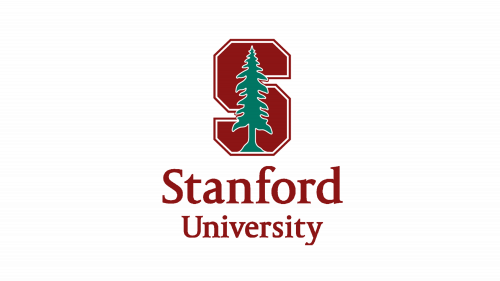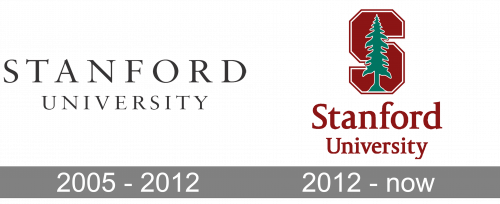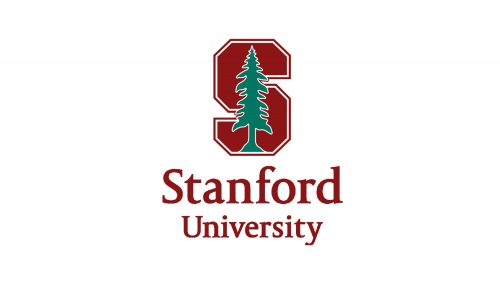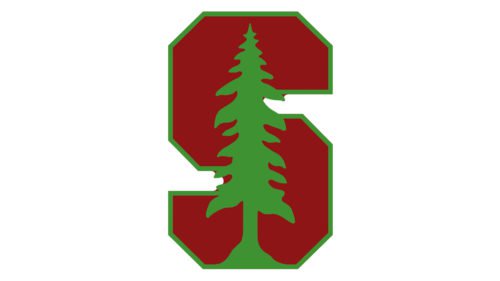Leland Stanford Junior University has several primary marks, including two wordmarks, the seal, and the Block “S” with a tree. In addition to the main version, each of the marks has secondary variations.
Meaning and history
The central part of the seal is occupied by the so-called Stanford tree. One of the reasons for choosing this symbol was that trees, especially coast redwood (Sequoia sempervirens) are one of the symbols of Palo Alto, CA, where Stanford is situated.
Contrary to a popular belief, the Stanford tree has never been the university’s official mascot. It is the official mascot of the Stanford Band, the student marching band representing university and its athletic teams.
What is Stanford?
Stanford is the name of one of the most influential and reputable educational institutions in the world. The American private research university was established in California in 1885, and today has four campuses, almost 18 thousand students, and more than 2 thousand academic staff.
2005 – 2012
The previous version of the signature was given in capital letters in the Sabon font. The glyphs were thinner in comparison with the current wordmark. This was the reason why the emblem was replaced – it was too thin and fine to work well digitally. The update was made by Bright, a design firm of Marina del Rey.
2012 – Today
There are two basic versions of the signature: one featuring the word “Stanford” only, the other featuring the text “Stanford University.” The wordmarks are typically given in white against the red background, but a reverse and a black-and-white color scheme are also possible.
Athletic symbol
The name of the athletic teams playing for the university is Stanford Cardinal. As the name suggests, the team logo makes extensive use of cardinal – a noble shade of red (the same color as in the primary wordmark). The Stanford Cardinal logo features the block “S” that serves as the background for the Stanford tree. In the primary version of the emblem, the tree is given in green with a white outline, but there also other possible color schemes (red and white; black and white; red, black, green, and white).
Font
The official brand guidelines state that the Stanford logo can’t be accurately reproduced with any of the existing fonts, so it is probably a hand-drawn lettering.
What is the logo for Stanford University?
The logo of Stanford University is composed of a bold geometric letter “S” in a solid burgundy shade with a thin white and burgundy outline, overlapped by a solid green sequoia tree, which is also outlined in white. The emblem is accompanied by a two-leveled serif lettering in the title case, which is set in the same shade of burgundy, as the main element of the emblem.
What does a tree stand for in the Stanford logo?
The green tree on the logo of Stanford University is a sequoia, which is a strong and beautiful plant, and also a symbol of Palo Alto, a city in California, where the university is located. So on this badge, the green sequoia tree is the celebration of the University’s heritage and roots.
Is Stanford a trademark?
Yes, Stanford University and its logo are registered as a trademark and copyrighted. So to use the badge of this University for your purpose you need to get official permission from the University, moreover, you have to follow all Stanford’s guidelines, to be sure the badge is presented as it should be.
What is the Stanford seal?
Like many other educational institutions, apart from the primary logo Stanford University has also a historical seal. The SU seal is based on the same element, as the emblem in the official badge — the sequoia tree, which is here depicted on a background with hills, and surrounded by rings of different sizes and thicknesses.











